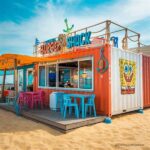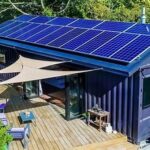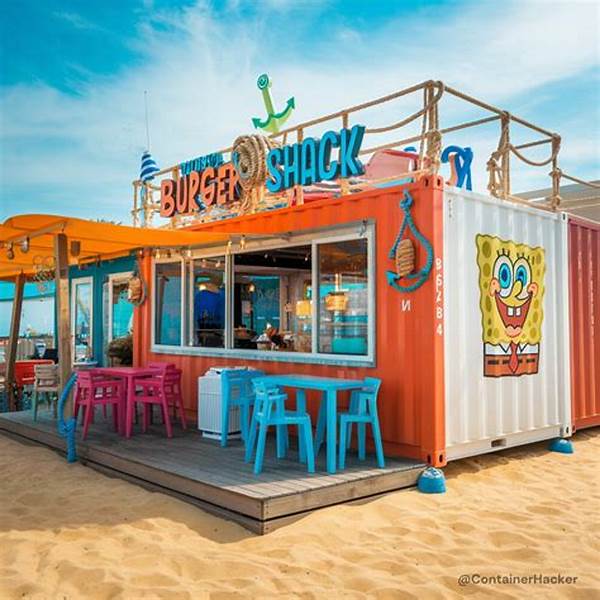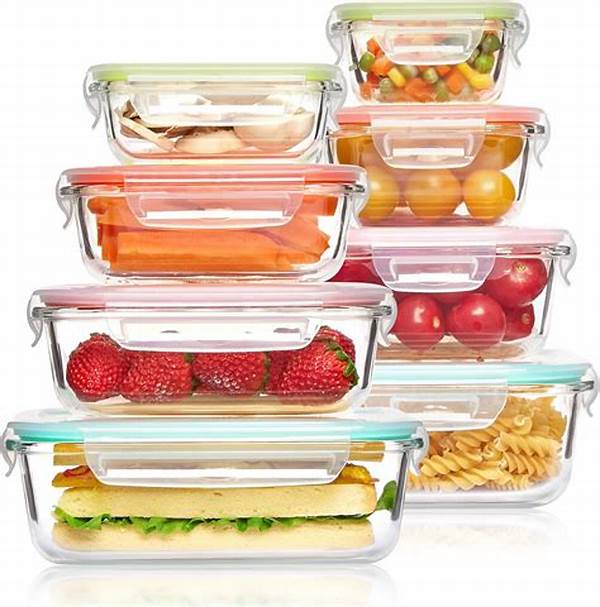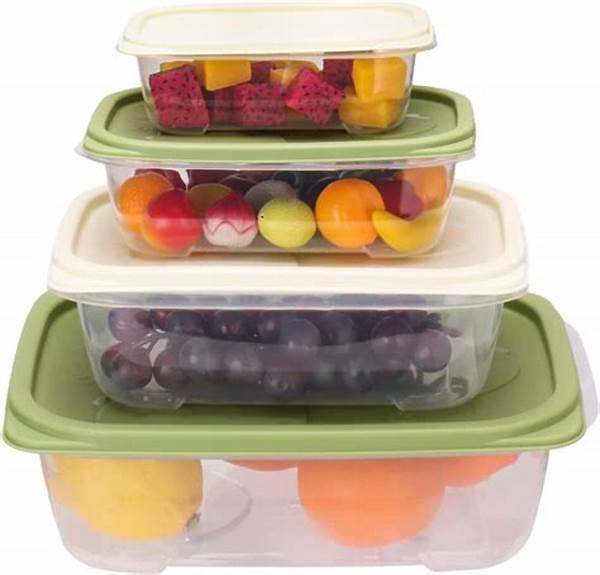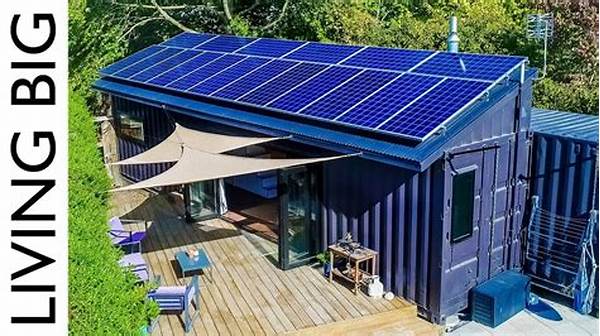In the world of modern architecture and sustainable building practices, an intriguing trend has emerged: the utilization of shipping containers for sale repurposed as beachside cafes. Transforming these industrial giants into welcoming, aesthetically pleasing spaces not only sparks interest but also stimulates the imagination. Imagine sipping on a freshly brewed espresso as the morning sun gleams off the ocean, all while nestled within the industrial chic of corrugated iron. It’s like savoring a taste of the city with the scent of the sea.
Read More : Sea Containers Repurposed As Medical Clinics In Rural Towns
This concept isn’t just about sipping coffee beachside, though. Shipping containers repurposed as beachside cafes offer a fresh perspective on eco-friendly and cost-effective construction. These structures can be transported and assembled with relative ease, making them a flexible option for entrepreneurs and environmentally conscious developers. With potential for innovative design, they are not just cafes; they are versatile spaces that blend urban efficiency with the serenity of coastal landscapes.
Transforming Containers into Cafes
The Appeal of Shipping Containers
Shipping containers have become an architectural hallmark of creative design solutions. No longer just metal boxes traversing the seas, they embody a movement towards innovative and sustainable building. The appeal of using shipping containers for sale repurposed as beachside cafes extends to cost savings, durability, and environmental responsibility.
While the upfront cost of purchasing a shipping container is significantly less than traditional construction materials, the robustness of these units ensures they can withstand harsh weather conditions, a crucial factor for beachfront properties. Furthermore, the repurposing of containers reflects an environmentally respectful practice; instead of disposing of old containers, entrepreneurs breathe new life into them, reducing waste.
Designing the Perfect Beachside Ambiance
Designing a café from shipping containers invites a playful dance between form and functionality. The creative potential is vast; from cutting edge modernist designs to cozy rustic vibes, shipping containers provide a flexible canvas. Incorporating large windows and bright, airy interiors can seamlessly blend the indoors with the panoramic ocean views, enhancing the overall customer experience.
It’s not just about the visual appeal, though. Shipping containers can be outfitted with solar panels and water recycling systems, turning these cafes into bastions of sustainability. Customers now get more than just their caffeine fix; they’re supporting a global push towards greener alternatives.
Community Impact and Cultural Significance
Used wisely, shipping containers repurposed as beachside cafes can have a profound impact on local communities. Not only do they provide jobs and stimulate local economies, but they also have the potential to become cultural hubs. These cafes can host community events, art exhibitions, and live music, becoming more than just a stop for coffee, but a destination for social interaction and cultural exchange.
In blending industrial design with natural beauty, these converted containers challenge the traditional norms of architecture. They inspire us to rethink what buildings should look like and what they can mean to a community.
Features and Potential of Container Cafes
Why Entrepreneurs Choose Container Cafes
Challenges and Solutions
Transforming shipping containers into beachside cafes isn’t without its challenges. Issues such as insulation, permits, and integration with local aesthetics are hurdles that need careful consideration. However, with the rising trend and accumulating expertise in this field, many architects and designers have developed solutions that answer these challenges efficiently.
Read More : Glass Food Storage Containers Gaining Five Star Reviews 2025
The Future of Container Cafes
As cities grow and beachfront properties become ever more desirable, the demand for innovative, eco-friendly construction solutions like shipping container cafes will continue to rise. Entrepreneurs willing to embrace this modern trend can find unique business opportunities that cater to a growing market interested in sustainability and novel experiences.
Detailing the Innovative Use of Containers
Summing Up the Trend
Understanding the Movement
The utilization of shipping containers for sale repurposed as beachside cafes is more than just a design trend—it represents an innovative response to modern challenges. Economic pressures, environmental concerns, and a desire for unique customer experiences come together in this movement, offering profound insights into the future of cafe design.
Embracing Eco-Friendly Architecture
In an era where sustainability is no longer a choice but a necessity, shipping container cafes stand as a testament to human creativity and adaptability. By choosing to repurpose and upcycle, entrepreneurs not only contribute to environmental well-being but also inspire patrons to consider the impact of their everyday choices.
Community and Cultural Benefits
These cafes are more than just places to grab a quick bite or check emails. They’re destinations for community gatherings, cultural exchanges, and personal connections. By situating them beachside, these containers offer a unique juxtaposition to the natural beauty of the sea, inviting a mix of tourists and locals, wanderers and beachcombers.
Future Prospects
The future is bright for shipping containers reutilized in coastal settings. As more people grow aware of environmental concerns and seek meaningful ways to contribute, we’ll see an increase in alternative construction methods like these. Entrepreneurs eyeing the hospitality industry would do well to explore the potential these unique structures hold for creating lasting impressions and sustainable business models.
With a few creative adjustments and thoughtful integrations, shipping containers for sale repurposed as beachside cafes will not only redefine leisure spots but also inspire broader architectural innovation in harmony with our natural world.


